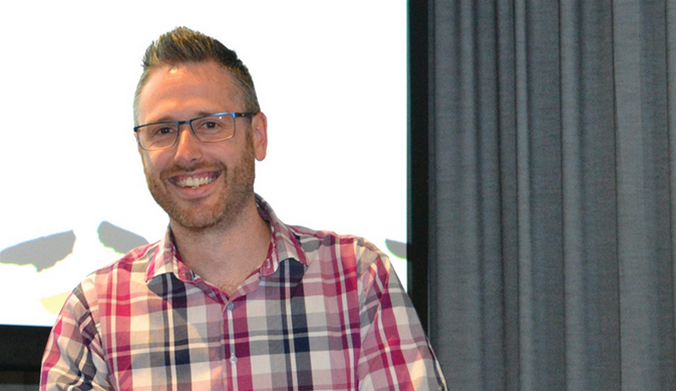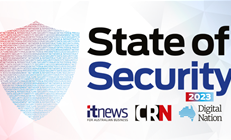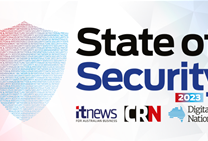South Australian Health and Medical Research Institute (SAHMRI) has reduced its data centre footprint by 75 percent and upgraded its high performance computing cluster to meet the needs of its processing intensive research.

SAHMRI
SAHMRI head of ICT James Barona told iTnews that the not-for-profit research organisation replaced a multi-vendor environment with HPE’s GreenLake platform.
Its corporate environment, including servers, storage and network devices, was assembled over an eight-year period but was siloed to different applications or lines of business.
The organisation has since transitioned its IT workloads, such as data and medical image storage and clinical registries, to HPE GreenLake.
SAHMRI also deployed HPE Nimble Storage dHCI, which disaggregates compute and storage, to its on-premises data centre.
“Moving to HPE GreenLake coincided with modernising server platforms which have drastically reduced our hardware footprint by reducing the number of servers and size of those servers," Barona said.
"We’re still running the same workloads, but the technology is a lot better.”
Barona said SAHMRI’s genomics facility, which has produced more than 300 terabytes of data, was one of several examples of process-intensive research that made it necessary to upgrade underpinning infrastructure.
“Genomics research pumps out billions of data points. Research data grows at an unpredictable rate," Barona said.
"HPE monitor the environment so we know when we need to expand and increase on-prem capacity.”
SAHMRI also deployed a Veeam and HPE Apollo-based backup system. This replaced an aging, difficult-to-manage backup system that few IT specialists were trained to work with, Barona said.
Security also played a role in its decision-making. SAHMRI has a number of coronavirus-related research projects, which was one most attractive types of medical data to hackers, Barona said.
“The number of bad actors looking to steal medical data increased during Covid so we needed to strengthen our cyber resilience," Barona said.

.png&h=140&w=231&c=1&s=0)


_page-0001_(1).jpg&w=100&c=1&s=0)
 Integrate
Integrate





.jpeg&h=271&w=480&c=1&s=1)










